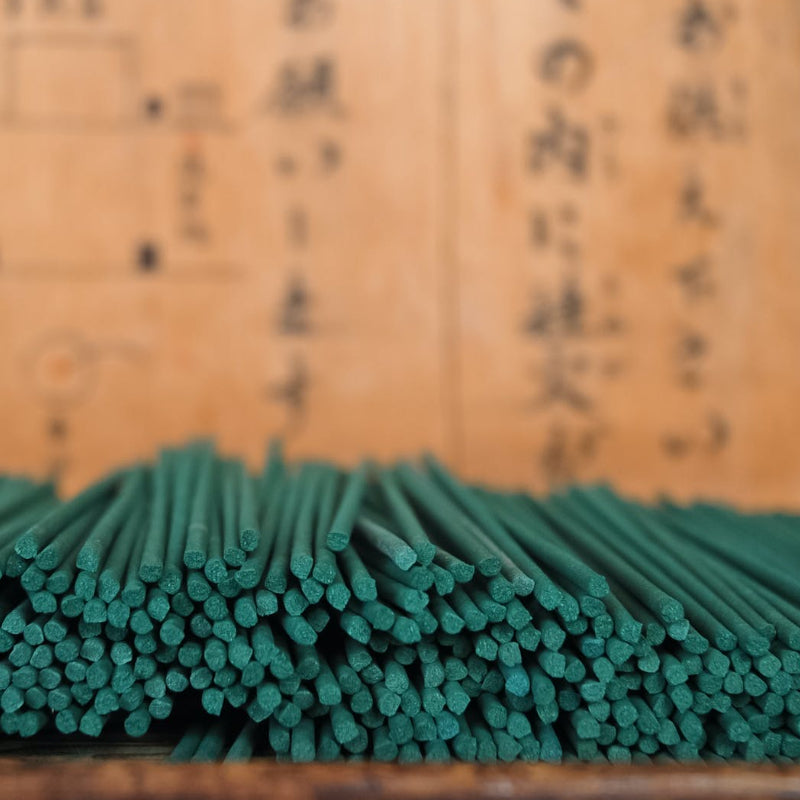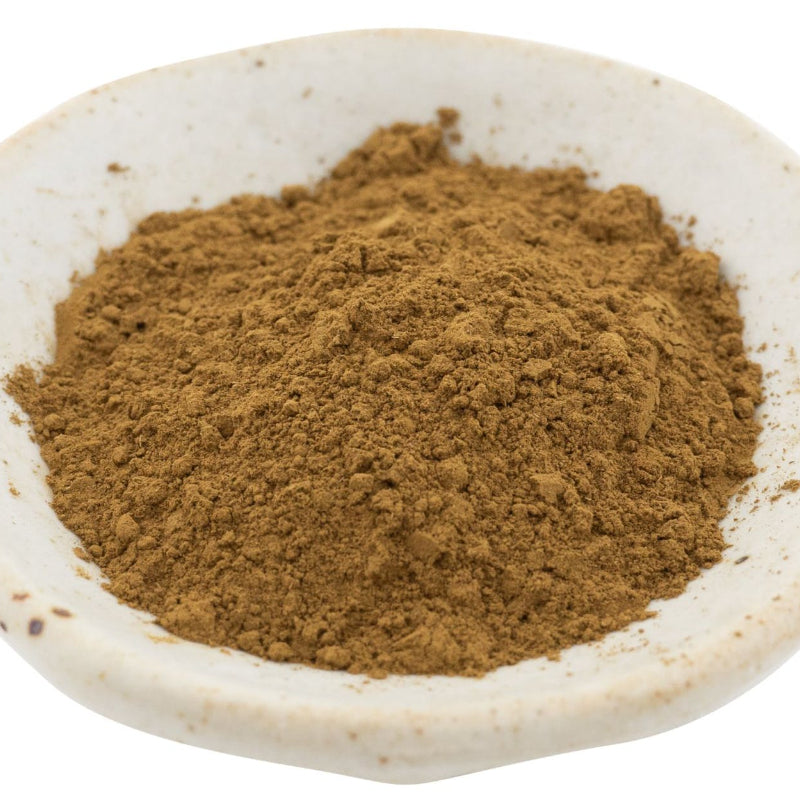Matcha Cheesecake (Burnt Basque)
Matcha Cheesecake (Burnt Basque)
Don’t be put off by the name - this matcha cheesecake pudding, named in honour of the Basque region of Spain isn’t really a burnt offering for dessert.
The name suggests it’s an ancient sweet-treat recipe handed down over generations of Basque families. In fact, it was first created in 1990 by chef Santiago Rivera of La Viña in San Sebastian, Spain and quickly became a pudding staple of top restaurants across Europe and the Americas. The ‘burnt’ part of the name refers to the caramelisation that takes place during its bake, resulting in a brown-hued exterior protecting the airy, souffle-like cream cheese treasure below. The exterior gives the impression of being a crust, perhaps with a bit of chew, in fact, it should be as light and delicate as the cake it envelopes.
Authentic Basque Burnt Cheesecake is meant to be undercooked in the middle - the outer circumference will have risen as they cook and turn a lovely brown. But as the heat is removed so the steam escapes from the centre, preventing the proteins in the cream cheese to set and causing the middle section of the cake to sink - leaving you with an amazing, creamy-smooth and ever so slightly gooey texture.
Rachel’s inspired addition of Matcha to the mix suggests bringing a subtle depth of flavour (and some token health benefits!) to the wonderfully indulgent pudding and, of course, creates a stripe of vibrant green, revealed as you slice up your finished matcha cheesecake to serve. Try to remember it’s for sharing!
|
|
Matcha Cheesecake Ingredients
Makes one 7-inch matcha cheesecake
Ingredients
400 g cream cheese, room temperature
100 g sugar
3 eggs, room temperature
Vanilla layer
7 g cornstarch
7 g lemon juice
1 tsp vanilla extract
100g heavy whipping cream, room temperature
Matcha Cheesecake layer
7 g matcha powder
100g heavy whipping cream, room temperature

Matcha Cheesecake Directions
Preheat the oven to 450°F. Line parchment paper over a 6 or 7-inch cake pan, allowing the paper to extend above the cake pan.
Prepare the base. Using a flat beater on a stand mixer, combine the cream cheese and sugar together on medium speed until smooth.
Add in the eggs one at a time. Continue to whisk until there are no lumps.
Make the vanilla layer. Remove half of the batter into a bowl for the vanilla layer. Add in cornstarch, lemon juice, and vanilla. Stir to combine. Slowly pour in heaving whipping cream while mixing, until fully incorporated. Pour the vanilla layer into the cake pan.
*For a smoother texture, pass the batter through a sieve to get rid of the chunks that did not mix in.
Make the matcha cheesecake layer.
With the remaining batter, sift in the matcha powder and whisk to combine. Slowly pour in heaving whipping cream while mixing until fully incorporated. Pour the matcha batter on top of the vanilla layer. Tap the cake pan on the countertop to get rid of any air bubbles.
Bake.
Bake for 30 minutes. The top of the cheesecake should be brown and the center slightly jiggly. Let the matcha cheesecake cool in the pan until it reaches room temperature. You can serve the matcha cheesecake at room temperature, or refrigerate it overnight for a firmer texture.

Rachel Lee of Handmade Production Instagram & Website
Please send us pictures of your finished bakes and we’ll upload them to our Ocha and Co Insta!
What Grade Matcha Should I use?
When buying our Japanese grown and produced Matcha specifically for cooking, baking, and making smoothies, we recommend you opt for our regular variety over our ceremonial grade. We might call it ‘regular’ but it’s still very high quality - you’ll get all the flavors, especially that interesting bitterness that works so well with sugars and fats when cooked with. The difference is the leaves it’s produced from are older - they’re from lower down the plant whereas ceremonial Matcha only contains the youngest leaves from the top - and so that vibrant green is a little reduced. You’d perhaps notice if you were drinking it but for cooking, it makes no difference. You can use more of it, too because it’s cheaper!


